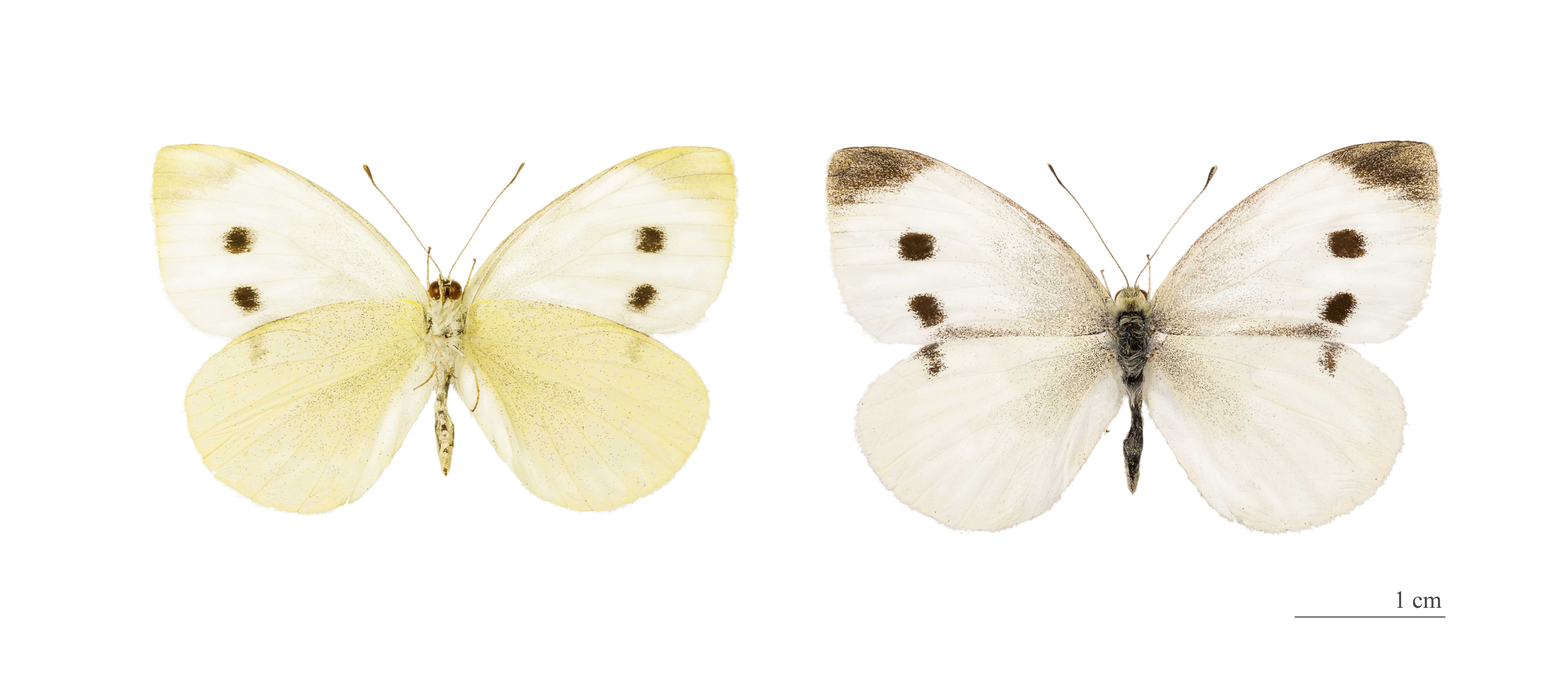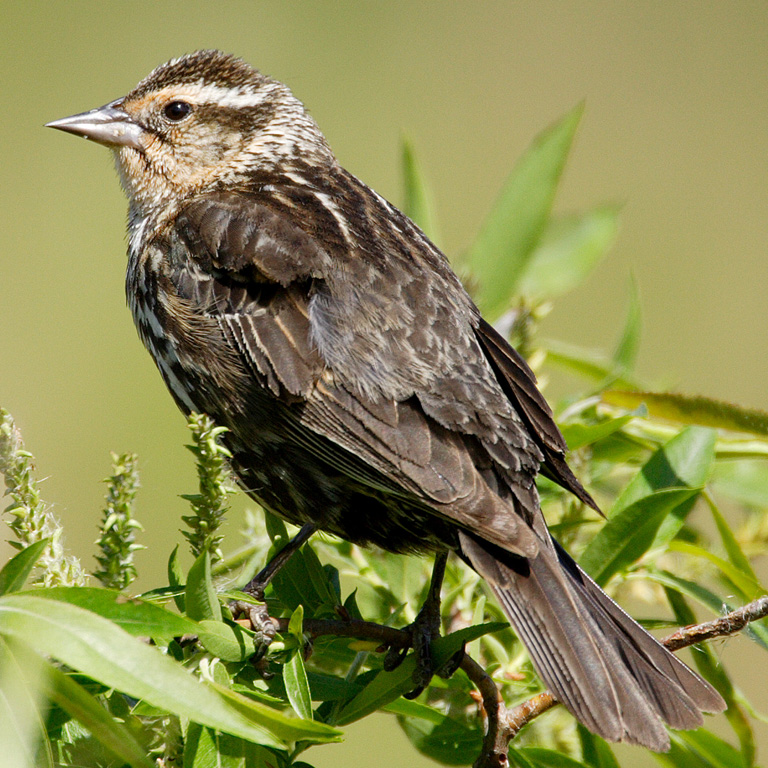Species of the Week: Cabbage White
The cabbage white, or Pieris rapae, is a small off-white species of butterfly that can be found throughout most of the United States.

Males are distinct from females as being yellow-white with lighter brown spots on their wings, while females are more white with darker spots. Male bodies are also similar in color to their wings, while females have darker bodies. Their name comes from their main food source, plants in the cabbage family. Caterpillars will eat their leaves, while adults feed on nectar from their flowers. They can feed on a variety of plants, both wild and cultivated, which allows them to easily adapt to new environments.

Originating in Eurasia, they have successfully spread and created new populations around the world, including places like North Africa, Australia, New Zealand, and North America. First introduced to Quebec around 1860, they quickly spread and multiplied until they covered the entire continental United States and southern Canada. They are often considered serious pests, since they feed on many cultivated crops, like cabbage, cauliflower, and kale. In addition, populations of wild plants that they eat face big risks, as their large populations can pose a serious threat to their numbers. As such, some organizations and institutions have worked to try and reduce their populations and the damage they can cause. A similar invasive species in the white family was eliminated in New Zealand a few years ago, and efforts to control the cabbage white's population are currently underway as well.












